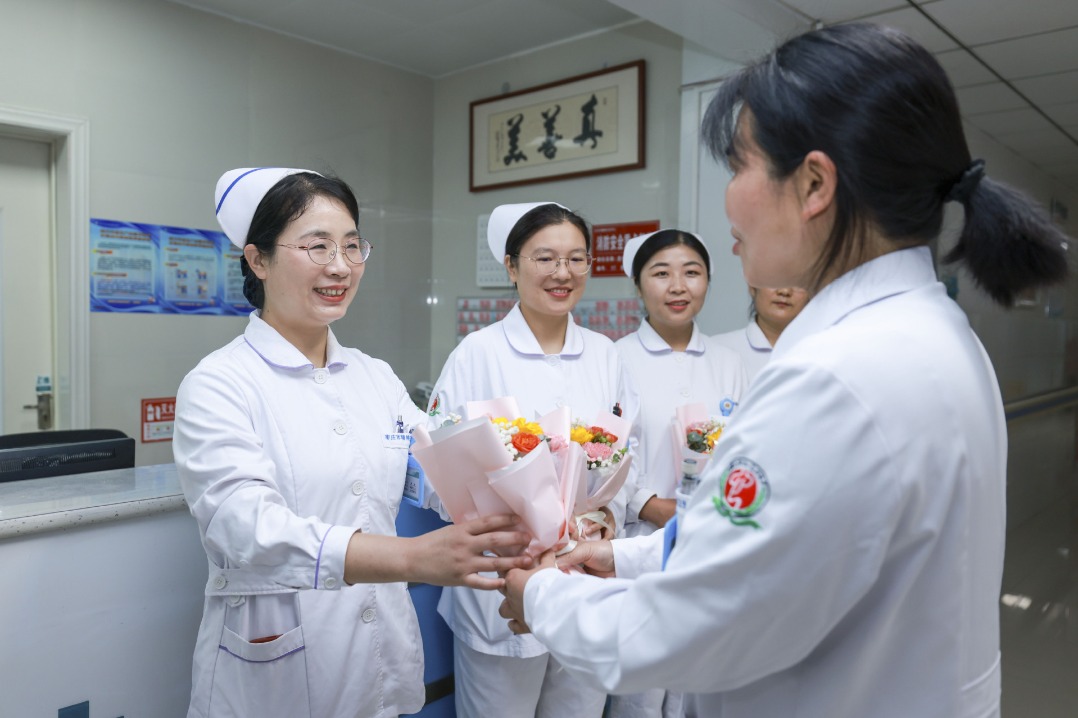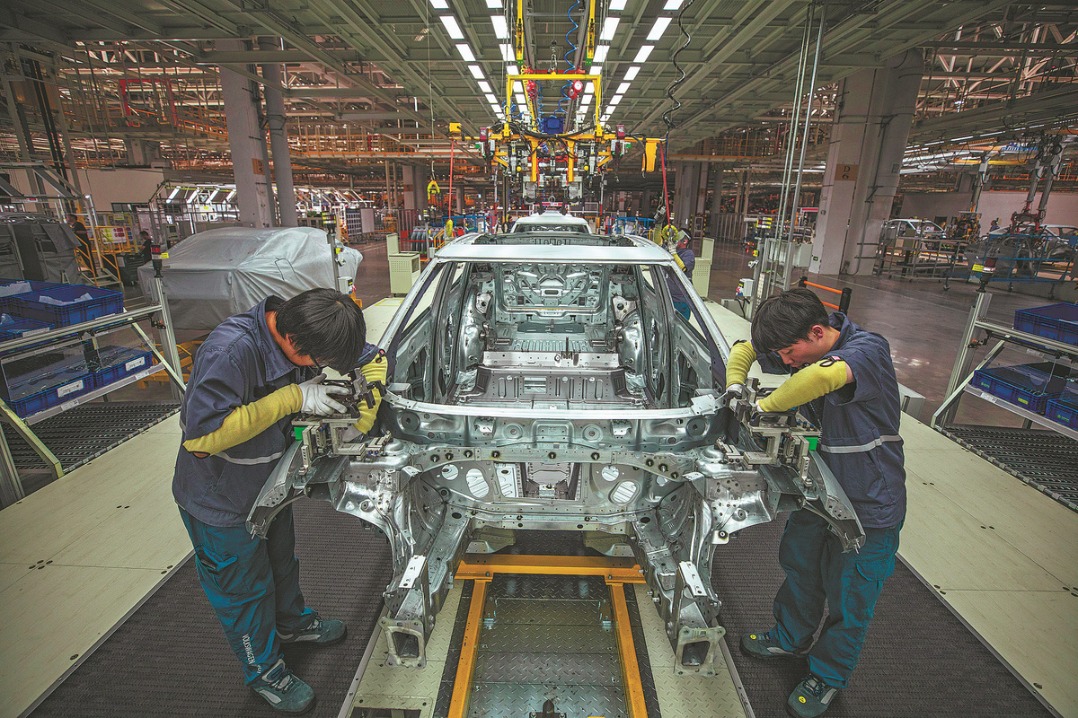Fully tapping potential of RCEP


Cambodia and China should increase cooperation through SMEs to fully reap the benefits of the trade pact
The Regional Comprehensive Economic Partnership is a catalyst of regional economic growth, integration and connectivity in the Asia Pacific, accounting for about 30 percent of global GDP and one-third of the world's population.
The RCEP, the world's largest free trade agreement, is a modern, comprehensive, high-quality and mutually beneficial economic partnership that facilitates the expansion of regional trade and investment and significantly contributes to global economic growth and development, especially in the face of the difficult post-COVID-19 socio-economic recovery.
The Asian Development Bank's study found that the RCEP will increase member economies' incomes by 0.6 percent by 2030, adding $245 billion annually to regional income and 2.8 million jobs to regional employment.
The RCEP covers trade in goods, trade in services, investment, economic and technical cooperation, and creates new rules for electronic commerce, intellectual property, government procurement, competition, and small- and medium-sized enterprises.
Cambodia-China economic ties have gained new momentum after the coming into force of the Cambodia-China Free Trade Agreement and the RCEP in January 2022.
China is Cambodia's largest foreign investor, with non-financial direct investment reaching $690 million in the first 11 months of 2022, a year-on-year rise of 32.7 percent. China is also Cambodia's largest trading partner. Bilateral trade volume hit about $14.5 billion in 2022, a year-on-year increase of 19 percent.
In the joint statement released after the visit of Cambodian Prime Minister Hun Sen to China in February, both sides agreed to enhance customs inspection and quarantine cooperation and further promote imports of high-quality agricultural products from Cambodia and continue to advance "Single Window" interconnection to facilitate trade flow.
By making full use of the RCEP and the CCFTA and international platforms such as the China International Import Expo, the China Import and Export Fair, and the China-ASEAN Expo, Cambodia can enhance its competitiveness and popularity of its products in China.
Localities in both countries can also play their respective roles to take advantage of the existing bilateral and regional trading arrangements and platforms to enhance practical economic cooperation, especial the trade in goods and services and digital trade.
The RCEP offers both sides huge potential to cooperate and optimize benefits.
According to a study by the Economic Research Institute for ASEAN and East Asia in October 2022, there is a huge export potential for the Kingdom. The report shows that Cambodia's GDP could rise by around 2 to 3.8 percent, and exports between 9.4 and 18 percent. A 9.4 percent increase in exports could have an annual growth impact of 2 percent on the baseline growth rate and a 3.2 percent increase in employment. The higher impact of an 18 percent increase in exports can translate into a 3.8 percent GDP increase and a 6.2 percent increase in employment. Job opportunities would increase by 3.2 to 6.2 percent annually, and tax revenue by 2 to 3.9 percent, while the overall investment could increase by around 23.4 percent.
The RCEP also provides a platform and framework for parties to undertake economic cooperation programs and activities that can enhance the capability of SMEs to benefit from the opportunities arising from their integration in the regional and global supply chains.
In this connection, China and Cambodia should deepen their cooperation on SMEs. It is important to create an environment where businesses can operate with less bureaucratic bottlenecks. In this context, e-government platforms such as online business registration, licensing and taxation have provided continuity, accessibility and reduced transaction costs.
The issue of taxation is of tremendous importance for small businesses. In this regard, tax incentives and tax simplification can enable SMEs to grow their operations until they reach a certain level of sustainability.
Going forward, China and Cambodia should develop concrete cooperation to help Cambodia enhance its production capacity, competitiveness and export capacity, especially supporting SMEs to fully reap the benefits stemming from the RCEP.
First, the two countries should exchange best practices on how to improve SMEs' access to markets and participation in global value chains, by promoting and facilitating partnerships among businesses.
Second, China and Cambodia should promote the use of e-commerce by SMEs and enhance the digital capacity of SMEs.
Third, the two sides should strengthen the entrepreneurship and innovation capacity of SMEs, including the application of latest technologies.
Fourth, China and Cambodia should promote awareness, understanding and effective use of the IP system among SMEs.
Fifth, they should promote good regulatory practices and build capacity in formulating regulations, policies and programs that contribute to SME development.
The author is president of the Asian Vision Institute, an independent think tank based in Phnom Penh. The author contributed this article to China Watch, a think tank powered by China Daily. The views do not necessarily reflect those of China Daily.
Contact the editor at editor@chinawatch.cn.
































